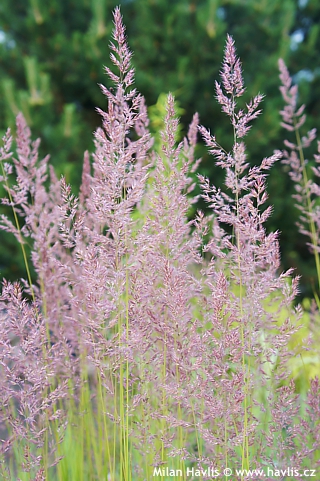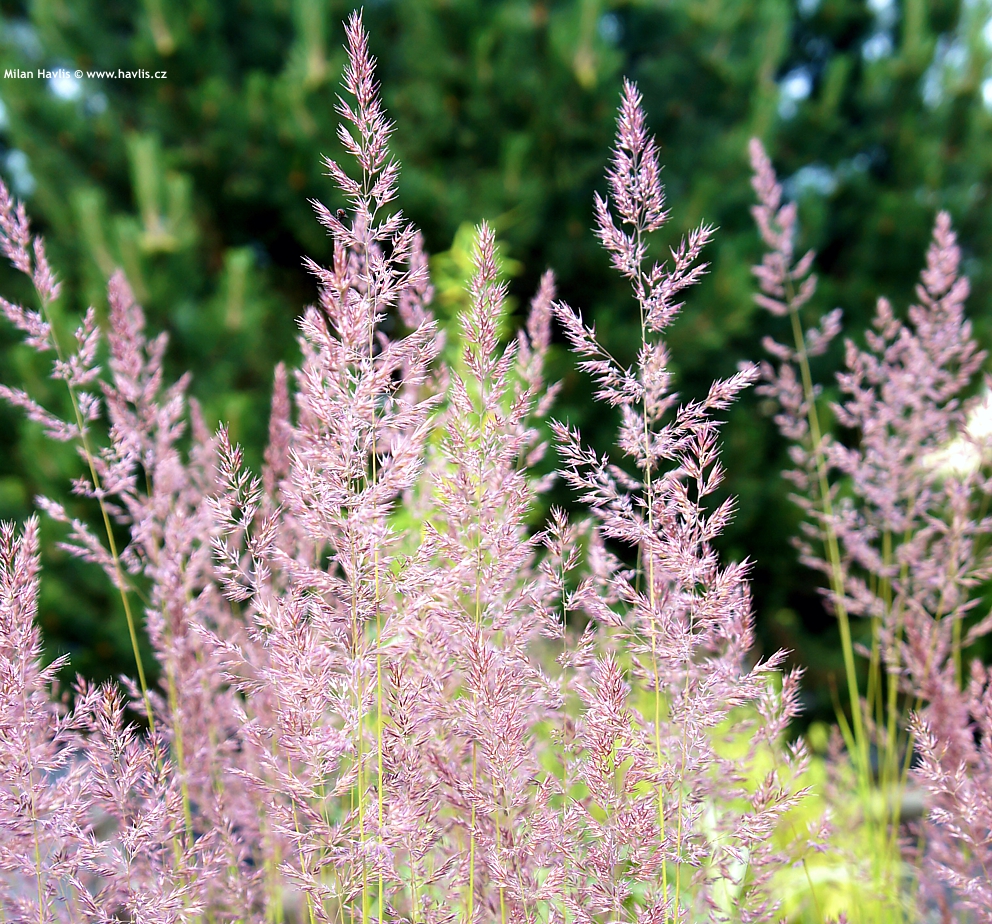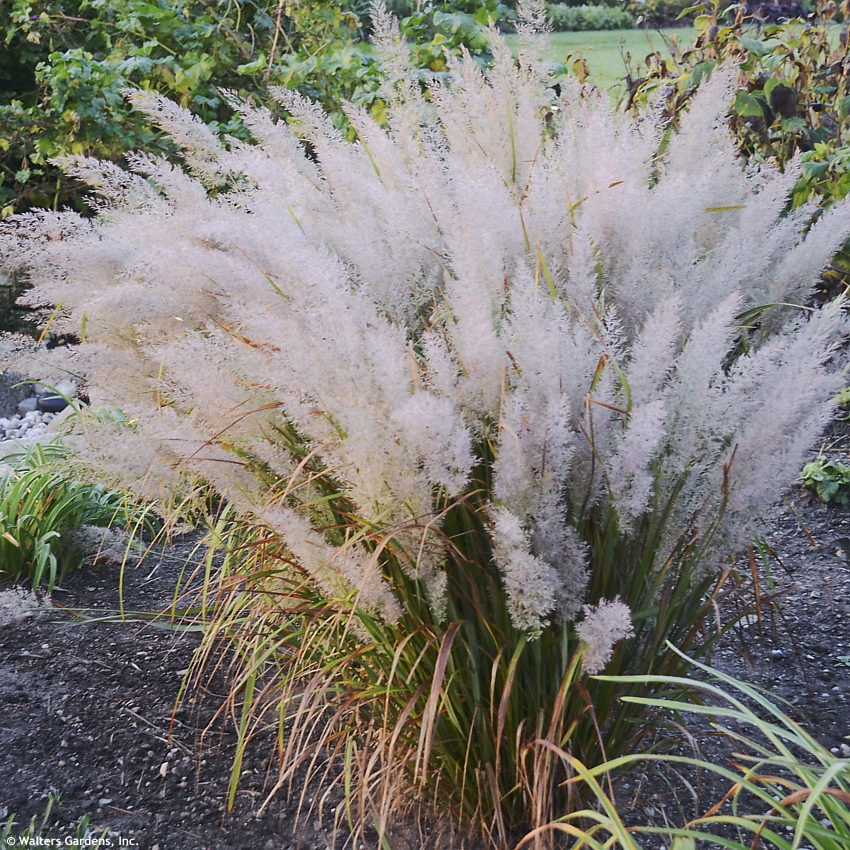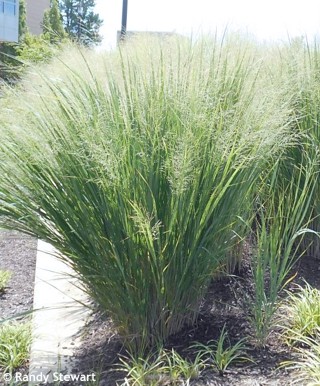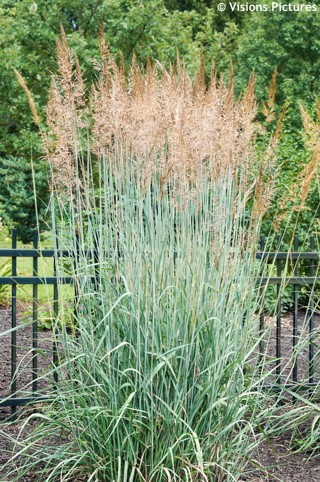Calamagrostis brachytricha feather reed grass
size/type
mid-sized perennial,tall perennial
usual height
1-1,2m
usual width
0,3-0,4m
leaves
deciduous broadleaf
colour of leaves
flowers
showy
colour of flowers
blooming time
July-September
location
full to partial sun
soil type
any (acidic to alkaline)
soil moisture requirements
evenly moist (dislikes drought)
USDA zone (lowest)
4 (down to -34°C)
winter protection
for zone 5+6

for zone 7

categorized
Calamagrostis
Reed grass is a very handsome and easy-to-grow grass that can be found in many places of temperate climate of Europe, Asia and America. Its Latin name comes from Greek where kalamos means reed and agrostis grass. It is closely related to sugar cane which also belongs to the same family but is a different species (saccharum officinarum).Description of the plant:
Korean feather reed grass, sometimes also classified as subspecies of calamagrostis arundinacea, comes from East Asia and represents a perennial ornamental grass of different appearance compared c. x acutiflora which is the most commonly cultivated hybrid in Europe. It has slightly wider, bright green, upright leaves and blooms from the beginning of July atop up to 1.2 m tall stems. The flowers are pale pinkish bronze and arranged in dense spikes that mature to light beige or almost silvery colour at the very end of the season and look extremely fluffy and you want to touch them every time you pass by. Young plants are relatively upright, but older and larger ones are slightly arching and look like an elegant bouquet. Korean feather reed grass is also exceptional as it tolerates partial shade and filtered sunlight under tall trees with thin canopies. It is not as compact there as in full sun, but will look good nonetheless.
Reed grass comes from wet and sunny locations and will thrive under these conditions in humus rich soil of any pH in your garden, too. In early spring cut it back to some 5-10 cm above soil level and make sure not to damage newly emerging stems. Hardy to about -34 °C (USDA zone 4).
Last update 30-08-2024
QUICK PRICE OVERVIEW
CURRENTLY SOLD OUT
WANT TO TRY A SIMILAR PLANT?












